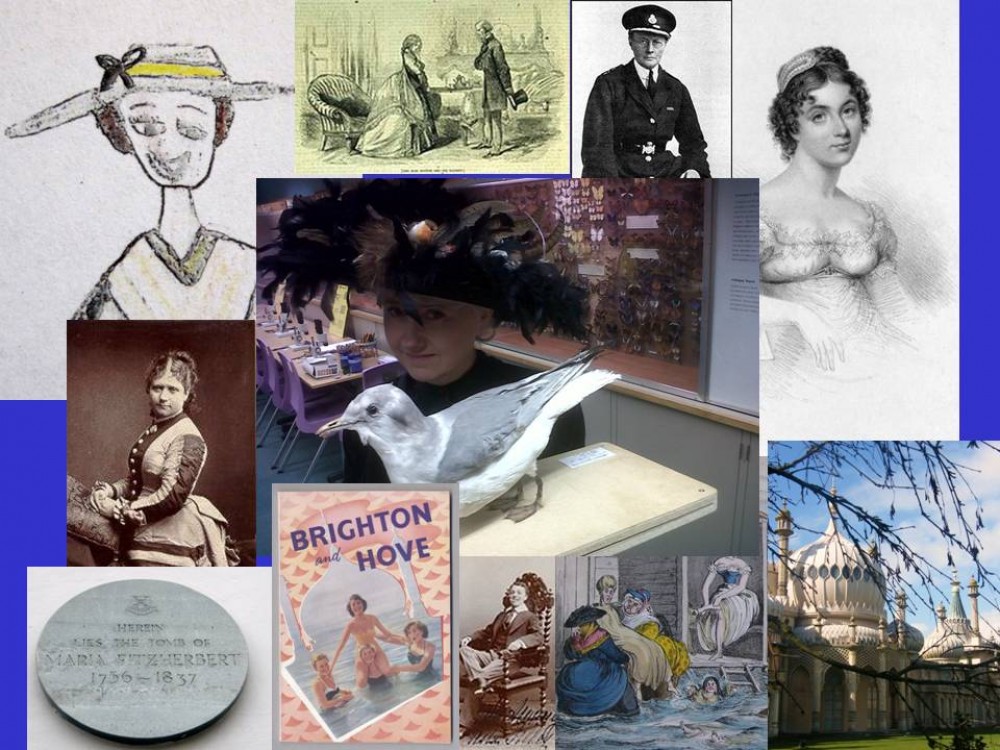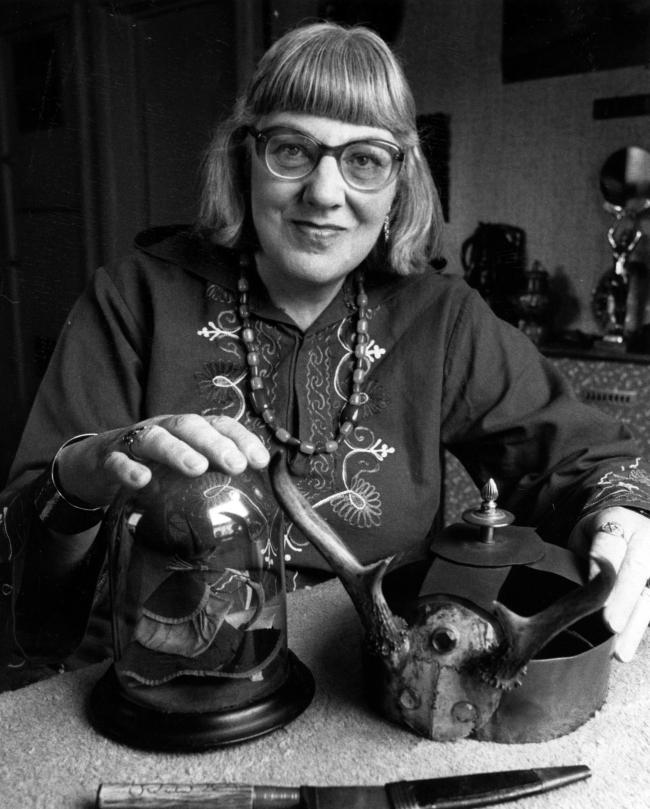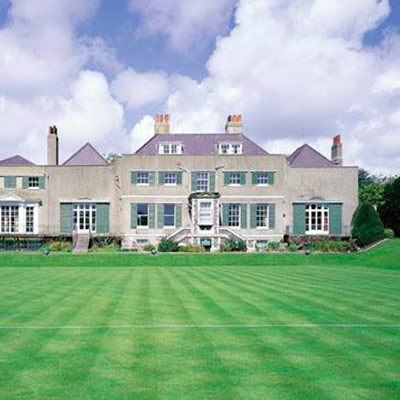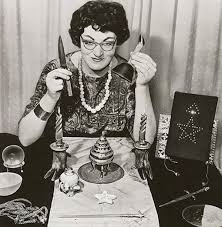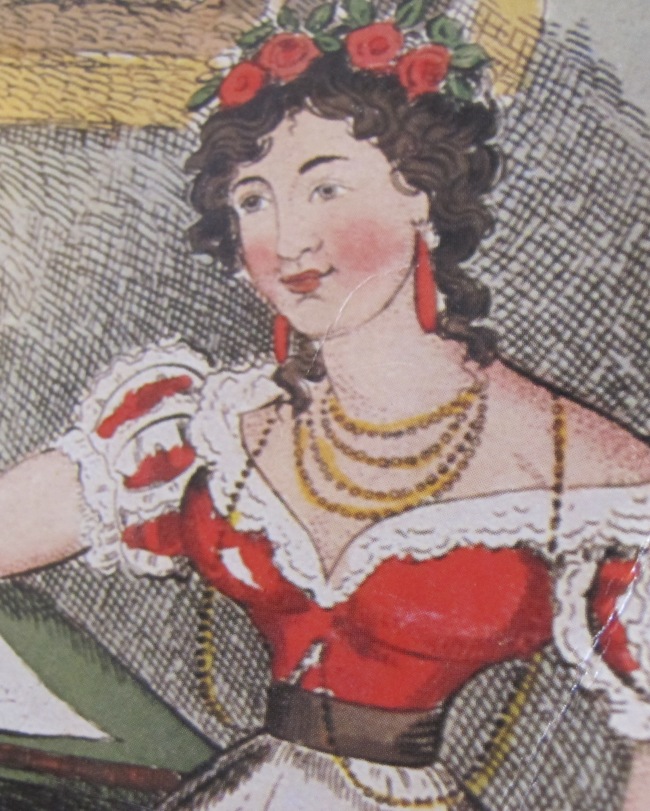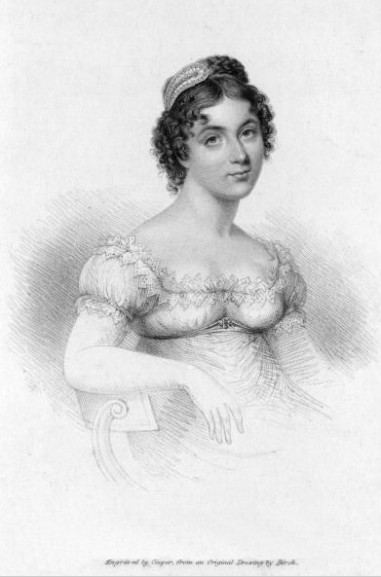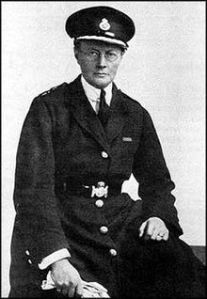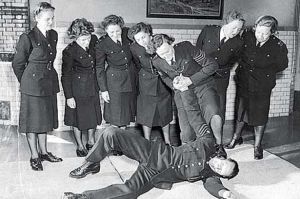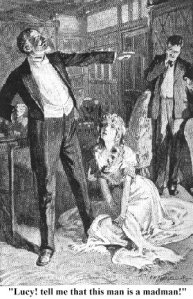
This week I was invited onto Brighton and Hove community radio station Radio Reverb to chat to Melita Dennett on the Tuesday Live in Brighton with Melita Dennett show.
It was a great opportunity to spread the word about my Fearless and Fabulous Women Fringe walks and we ended up talking about where I found the stories of the women I talk about (mainly from flaneuring around the shelves of The Keep Local History Centre and allowing my eye to be caught wantonly by bits and pieces. Which is, incidentally, how I came up with this gem of women’s history:

I mean, a seaweed florist, what’s not to love?) Also, people tell me things. Just the other day, someone asked me if I’d heard of Gertrude Leverkus who used to live in Wilbury Villas. To my shame I hadn’t.

Very, very briefly (hopefully more to follow in a future post) Gertrude (1898 – 1989) was a pioneering German-British architect who was involved in converting properties into flats for women in the 1920s for the Women’s Pioneer Housing Limited. In 1931 she was elected a Fellow of RIBA (Royal Institute of British Architects) and was only the second woman allowed to put the initials ‘FRIBA’ after her name. She later worked on the new towns of Crawley and Harlow. I love how links are sometimes thrown up between the women I talk about and I see that Gertrude was involved in the Women’s Provisional Club – a kind of support network for professional women – alongside Brighton’s first female GP and one of my absolute heroes, Dr Louisa Martindale.
Another woman I learnt about in this very same conversation was Elizabeth M Kennedy (1873 – 1957) who became president of the Women’s Engineering Society in 1932 after a distinguished career in the world of machinery manufacturing. In later life she lived in Marine Parade, Brighton.

Melita asked me whether it was easier to find out the stories of women from well-to-do backgrounds. Sadly, this is usually the case. Someone has to write history and the history we have and know is always a collection of stories collated, curated and told by someone or a group of someones, often with an agenda. Until relatively recently, these someones are usually straight, white, moneyed men.
Also, don’t people need time, leisure and connections to make their voices heard?
I did mention that here in Brighton, however, we do have the well-known Martha Gunn.

I absolutely love this picture, today hanging just outside the Local History Gallery in Brighton Museum.
Martha (1726 – 1815) was very much not born with a silver spoon in her mouth. Yet, by her efforts, good ideas and business acumen, she became ‘Queen of the Dippers’, a bathing assistant who dipped women into the sea for their sea-water cure, so successful and coveted she became a sort of emblem of the burgeoning town of Brighton, attracting visitors from far and wide and putting Brighton on the map. Rightfully known today as one of the architects of modern Brighton.
We also have:

Phoebe Hessel (1713 – 1821 – yes, I know, that made her 108). Famously, Phoebe had a long military career, disguised as a man, fighting with the 5th Regiment of Foot, until an unfortunate bayonet wound picked up at the Battle of Fontenoy, led to her being discovered (I’ve written a longer post about Phoebe. Scroll down if you’re interested).
I went on to chat to Melita about how, when you hear the story of a successful man, it’s always worth snooping around to find out who their mother/wife/sister was as there are often some interesting stories there, with women’s contribution/help/good ideas being overshadowed or written out of the official version of events. For example, a woman I talk about in my Hove walk right at the start in St Ann’s Well Gardens is Laura Bayley:

Laura (1862 – 1938) who used to live near Seven Dials, was an accomplished actress, usually working in burlesques and pantomimes. She married Hove film pioneer, George Albert Smith, a huge name in early film, who experimented with techniques such as close-ups and, from the studio he converted from the old pump room in St Ann’s Well Gardens, made landmark early short films. As his wife, Laura played roles in many of them. It’s now believed she also co-produced several. After watching her performances in films such as ‘The Kiss in the Tunnel’ and ‘Mary Jane’s Mishap’ (available on YouTube) it’s clear, however, that her contribution as a comedy actress, her expertise in holding an audience’s attention, and her great charisma are key to the success of the films. Would George Albert Smith now be the great name in early film he is today without Laura’s incredible work? It’s now understood that Laura, so long in the shadow of her husband, directed and wrote films, too. I recommend you take a look at her work. You’ll be spellbound. Laura is also featured in Hove Museum’s cinema gallery.
My interview with Melita is available on line here:
BTW, the non-profit station Radio Reverb is well worth a listen. They have some great shows, speech, music and both, that bring in the whole community – football, Refugee Radio, Brighton Book Club, and more. One I’m really looking forward to listening to later is ‘Currently Off Air’ ‘a mixtape of overlooked, under appreciated, and rediscovered sounds – on the first Sunday of the month at 11pm – midnight. Lots of great music shows too.
Find out more here:
So… finally getting to the point of this post at last… My Fearless and Fabulous Women walks for the Brighton Fringe start on Saturday 4th May, beginning with a fully accessible and mainly level stroll around Hove, starting at 10am outside the brilliant Garden Cafe (come early and enjoy one of their brilliant coffees and a cake) in St Ann’s Well Gardens, Hove, BN3 1PR

Tickets are available from Brighton Fringe:
http://brightonfringe.org/events/fearless-and-fabulous-women-of-hove/

If full please contact me on historywomenbrighton@outlook.com
See some of you there!
I’d like to say thanks to Melita Dennett and also to Ceryl Evans of the Royal Pavilion and Museums, Brighton for the chat about Gertrude Leverkus and Elizabeth M Kennedy
